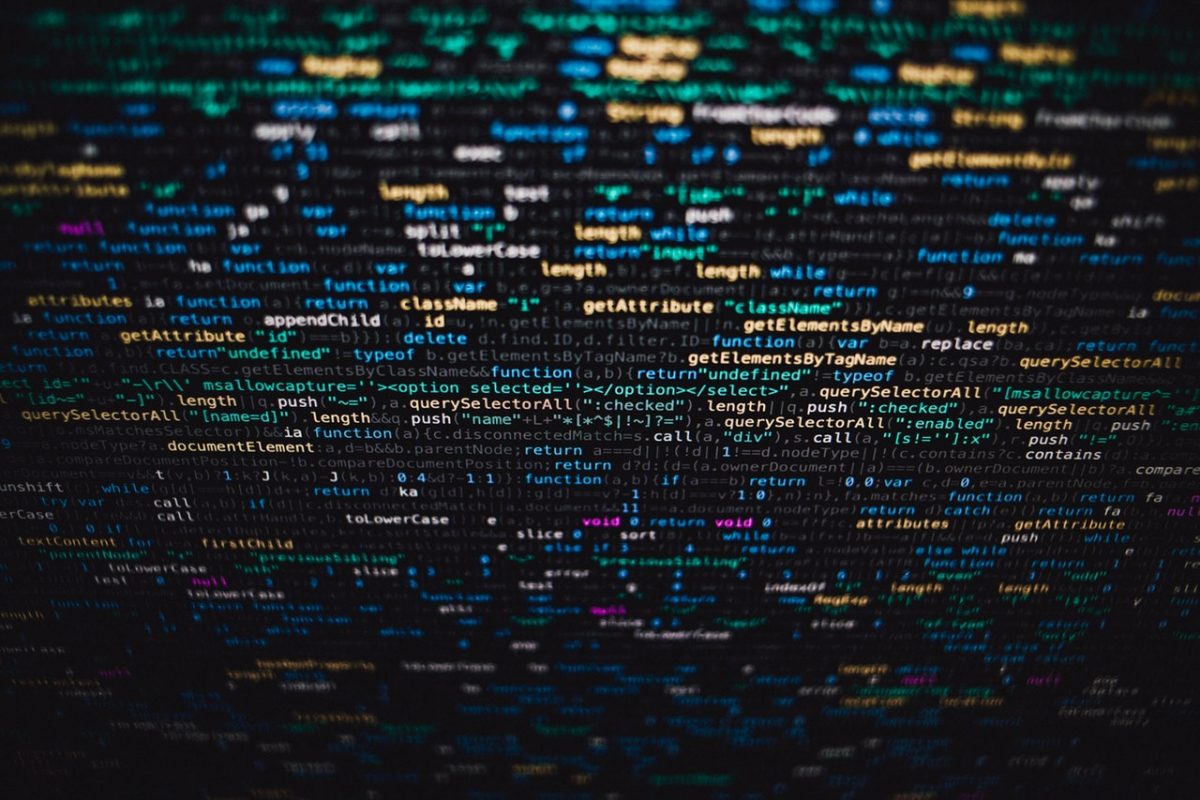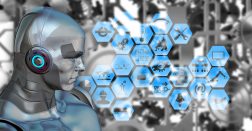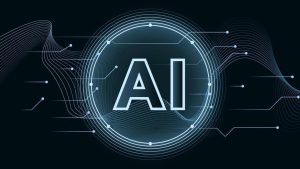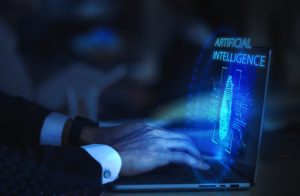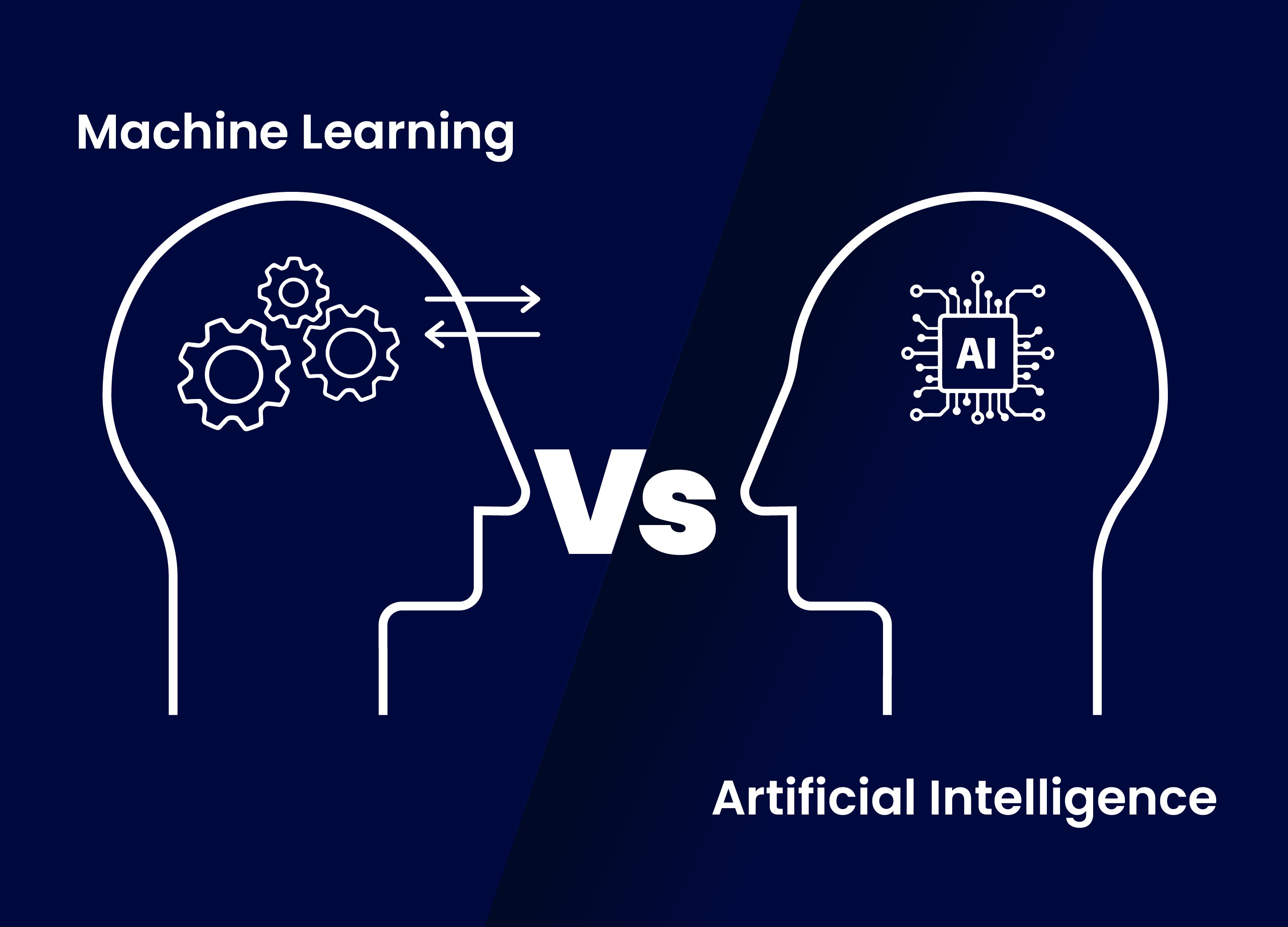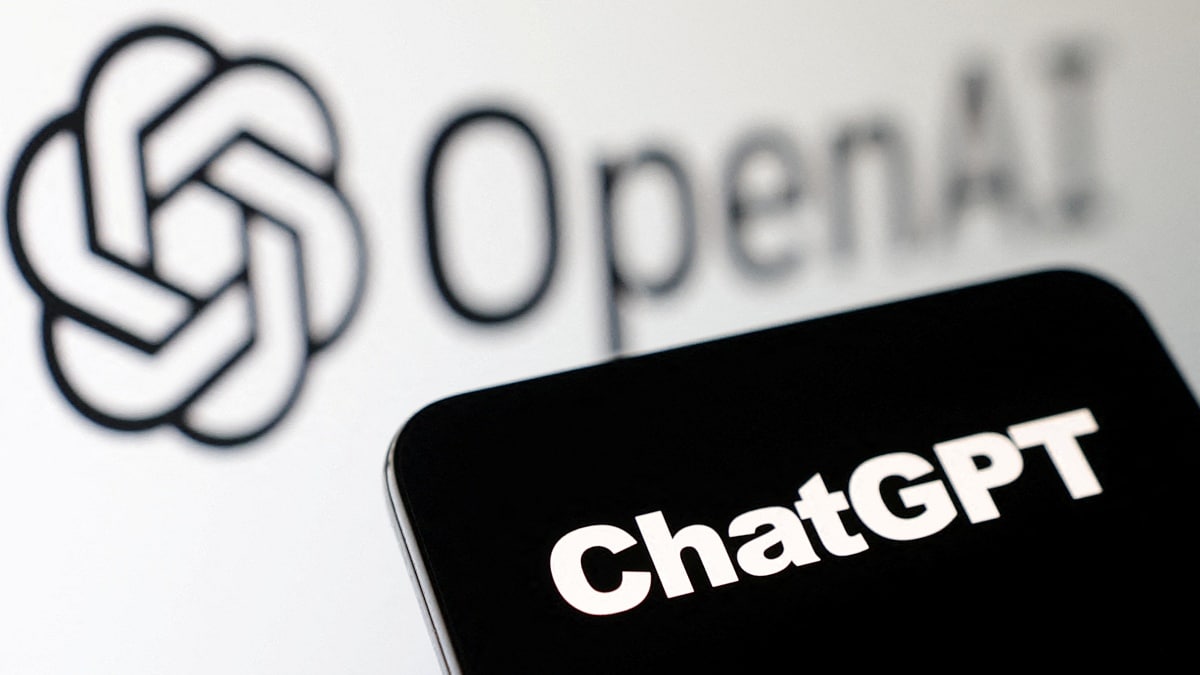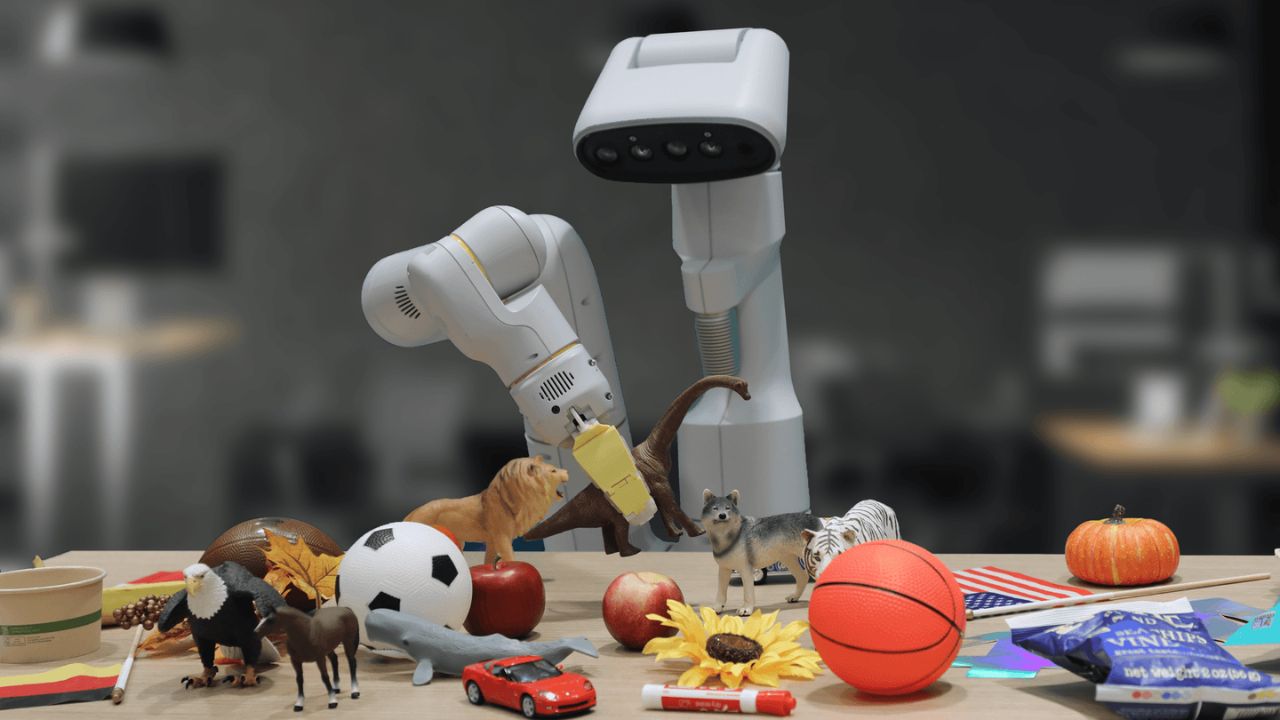It’s the 21st century and digitization has altered the face of the industrial world. Machines can talk. They can distinguish between images, analyze behavior, and enable smart decisions. Exciting, right?
Now that’s what we call AI or Artificial Intelligence!
The technology that blends machines to outperform humans via embedded intelligence. For some, this might appear nothing less than a sci-fi movie or a dream that seems far to be true. However, reality voices a different opinion.
Artificial Intelligence is rising on its swing. Besides, it’s time that you spare some time to know more about the technology, identify the specs, and further use the technology to gain leverage across the industrial world.
Artificial Intelligence — Redefining Technology
Simulating human intelligence via machines, artificial intelligence has the potential to make digital devices that can learn, analyze, reason, and take part in real-time decision making. A quintessential example of real-life artificial intelligence is Sophia, the AI robot.
Whether you are part of the drug sector, manufacturing unit, or a sales firm, AI holds tremendous scope across all business verticals. From drug discovery to activating biological synthesis, artificial intelligence is on the verge of revolutionizing the definition of science.
You, too, might agree on the fact that this technology is sure to transform the entire business world, but how?
What are the tools or types of AI that can optimize the business workforce while leveraging overall efficiency?
No doubt, artificial intelligence is one of the astounding technologies to date. Even though the technology is yet to be explored and what we view today is much of its trailer, Artificial Intelligence has woven enormous growth industry-wide. Such capabilities might have turned some of us paranoid. However, the fact is that understanding of various types of AI will give us a better and clearer view of the technology and unleash its true potential.
As evident, AI is known to create machines that can replicate humans and likewise, perform tasks. The limit up to which a system can integrate human-like features helps classify different types of AI. To be precise, the level of similarity an AI-driven machine has with that of humans help us segregate them into different kinds of AI.
7 Types Of Artificial Intelligence
AI-based On The Extent Of Similarities With Humankind
1. Reactive Machines
They are the first of the kind of AI. Reactive machines have been tailored to respond to try previously fed inputs. Having said that, these machines aren’t capable of adding more abilities to their list. It implies that reactive machines are not meant to learn from experiences or for that matter circumstances!
Being the oldest version of the types of AI, they are too basic in their functioning. All the devices or systems that are made using Reactive Machines as their base have no memory of the past and no interference of history data. Additionally, they have no ability to analyze and predict the future based on the same.
Instead, they are basing their functioning on a given task or an input in the machines along with the dedicated output. The machine has to give on being fed or faced with a particular situation. Deep Blue is an example of such kind of reactive machines considering that the same lacked cognitive thinking skills. All that the device could do was pick the optimal answer based on predetermined conditions.


2. Limited Memory
Seeing that there is more to AI than just reactive machines, scientists came up with another form of technology. Its name is Limited Memory. This is one of those types of AI that can learn from past experiences. Moreover, it can blend intelligence to make decisions in real-time.
Nearly every AI-driven device today is capable of doing this. Besides, the majority of them are basing on the limited memory type of AI. Along with having the capability to respond to earlier determined situations, Limited Theory-based AI can track and analyze previous data enabling sound decisions. The current day AI system, one that of deep learning has been designed to feed in huge data volumes and then analyze them to make smarter decisions.
One such kind is image recognition based AI. Here, the machines are not only scanning objects and further. They also identify each based on the memory that it has of the earlier instances. And there aren’t tens or hundreds but millions of data that needs to be processed and identified likewise. Every time an image is scanned, it refers to the training images and read the content of the same. Such learning capabilities make AI-based machines efficient in improving their memory. From chatbots to self-driving machines, nearly every AI-based machine is based on Limited Memory.


3. Theory Of Mind
Ever read sci-fi novels or watched movies? You might then have acquaintance with this type of AI. While the above two types of AI are the past and present of AI, this is primarily the future of AI.
Scientists are currently studying and exploring this domain of technology. Innovation is in its full swing, and sooner we will have a world where machines could decode emotions. Yes, you heard that right.
Theory of Mind is one such type of AI that would help machines know more about humans, intervening or interacting parties, their beliefs, emotions, and the way of thinking. This will open up to a whole new era of artificial intelligence giving machines the capability to mimic humans, not just through their activities but emotions too.
To be precise, the mid-level AI or the theory of mind would help mimic humans the way they are and not just another machine interacting. This would be a boon across all business verticals opening new opportunities for all.
4. Self-Aware AI
Now for this, the name might give you an idea of what this exactly is. However, this type of AI has a hypothetical existence given the scope and bounds of the same. It is expected that self-aware AI would have the potential to think like humans. This might seem more of bragging, but it is the ultimate aim of scientists since the day AI came into existence.
While the Theory of AI could probably know about human emotions, understand them, and then, interact, this type of AI would possibly own emotions, thoughts, and also have beliefs.
Going by what doomsayers have to say, “Such type of AI would threaten the existence of humanity, nevertheless the end of life as a whole.” The debate is on. Also, it’s too early to judge this technological transformation. However, we would stick to the fact that Self-aware AI would enhance the industrial performance by leaps and bounds, boosting overall growth.


AI-based On The Classification Of Technology
5. Artificial Narrow Intelligence
Nearly every kind of AI that exists today are types of ANI or artificial narrow intelligence. Whether it’s the simplest form of AI or the most complicated one, they fall under artificial narrow intelligence. These aren’t devised to perform anything apart from what they have been programmed for. It means that they do tasks that have been added to its software. They have restricted capabilities and cannot go beyond that. One can deem them to have narrowed abilities and primarily, the top two stated above are ANI types, limited theory, and reactive machines. While all of these were types of AI-based on the extent of similarities with humankind, the next in line of different types of AI is categorized based on the classification of technology.
6. Artificial General Intelligence
This is an enhanced version of what we just had a conversation about. Artificial General Intelligence or AGI is custom fit to self-learn. What we mean to say is that AGIs can learn from the current situations, analyze them, and then update their memory. Such intelligence in real-time helps them make informed and better decisions. These machines can build several competencies, forming generalizations and connections across all domains. Stating that such type of AI would replace human capabilities wouldn’t be wrong.
7. Artificial Super Intelligence (ASI)
The last in the list of different types of AI is artificial super-intelligence. Though this form is yet under research and added innovations, the entire nation would be revolutionized given the onset of above. It could be a disruption across all industries as ASI (Artificial Super-intelligence or ASI artificial intelligence) is determined to replace all kinds of human jobs sooner. They can think like humans, work, analyze, and respond.
What else? They would have emotions, too. Strange, right?
Faster decisions, smarter abilities, and excellent memory, they would have all. Sure the thought of having such an intelligent appears appealing. However, the threat it would pose to human existence is a matter of grave concern.
Plenty has been said or heard about the technology. However, providing a verdict now would be wrong. This is because the technology is still growing. Furthermore, the pace of change it is about to bring is far from reality. So, let us not judge but understand the true potential of the technology and work towards creating a better and bigger digital economy.







